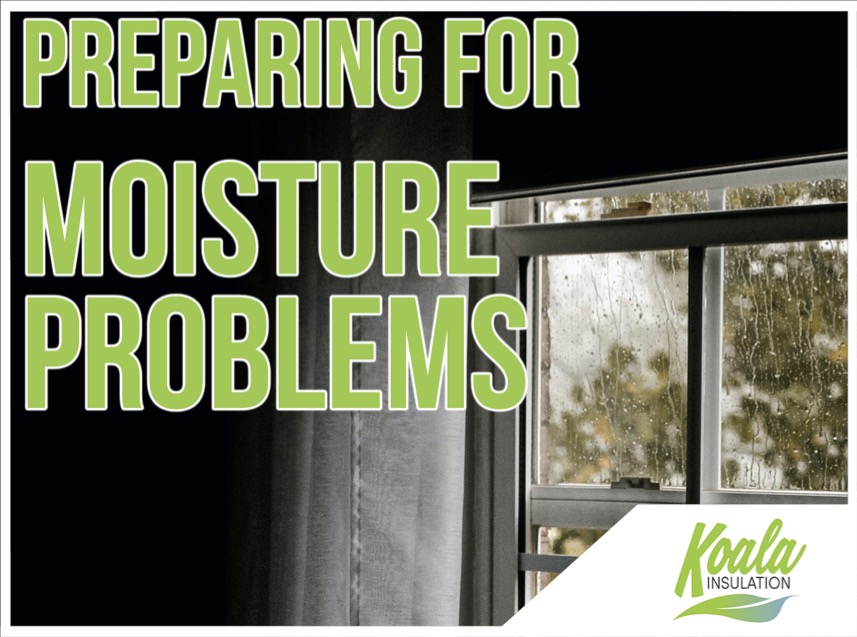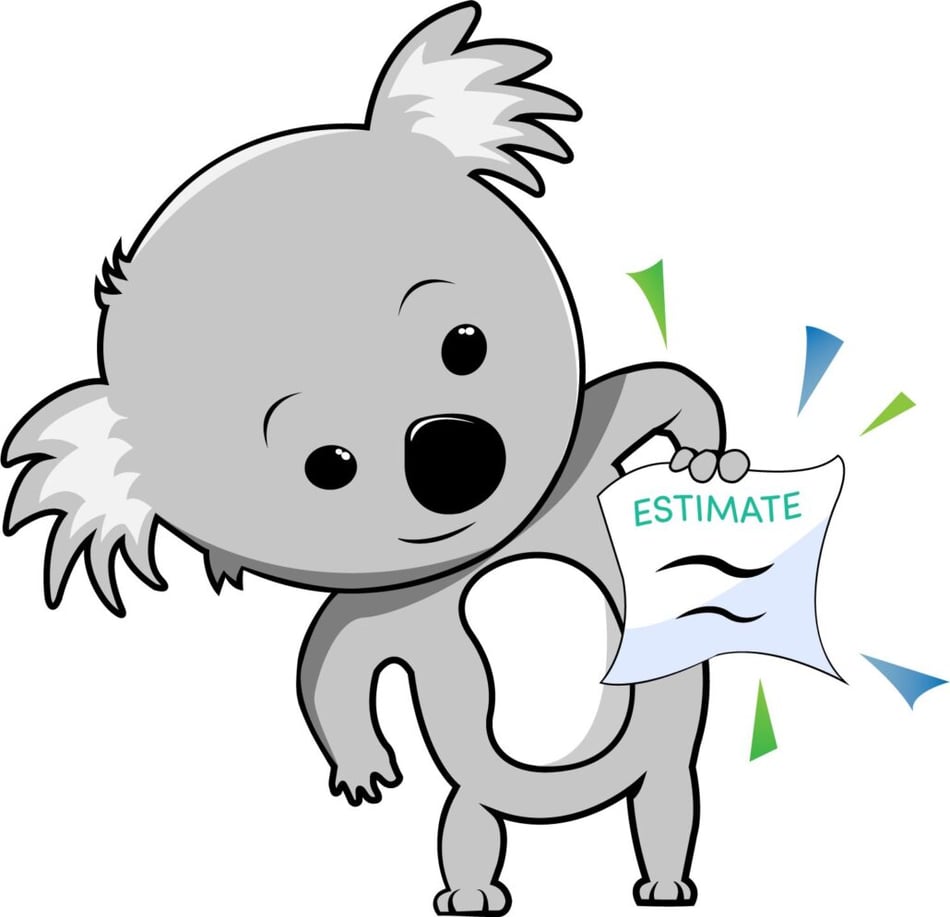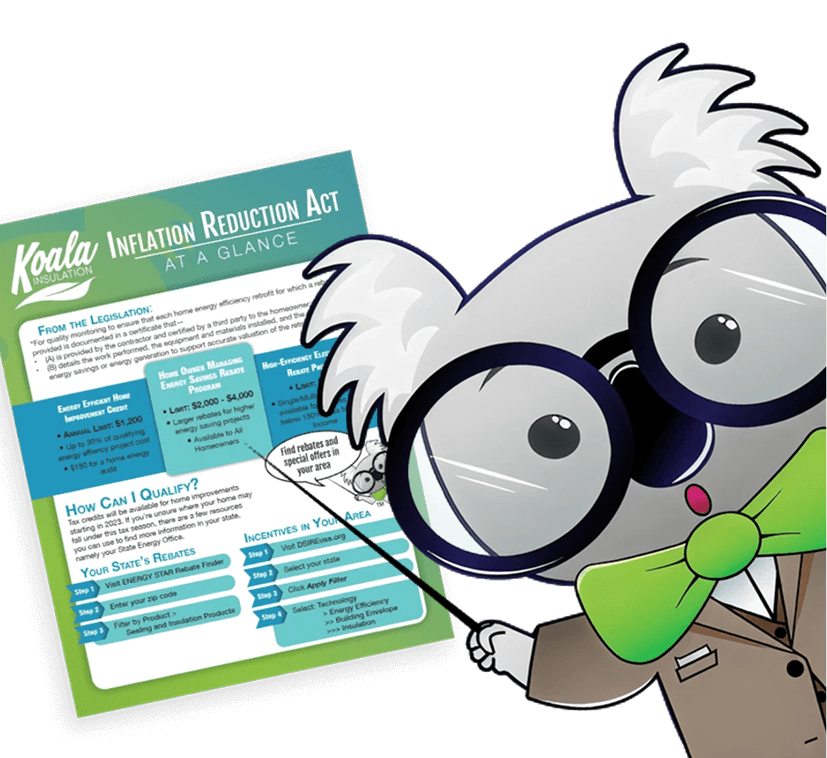What To Do About Wet Insulation & Moisture Problems

Are you prepared for spring showers and warmer weather?
For Southeastern Texas residents, spring means more rain, higher humidity, and preparations for thunderstorms or hurricanes. While you're checking generators and installing storm windows, you should also be taking a closer look at your insulation.
Moisture and hidden water damage are detrimental to maintaining comfort and safety in your home. Many insulation materials are designed to help prevent moisture from entering your home and causing problems; however, they aren't necessarily equipped to protect your space from excessive water damage if there's a leak, or worse, a flood. If you find signs that insulation in your home has gotten wet, it's time to call in the local experts at Koala Insulation of Pearland ASAP!
How Did My Insulation Get Wet?
Even when you take a closer look at the insulation in your home, you may not be able to immediately find the culprit of moisture damage. Here are a few common issues you need to keep an eye out for that can lead to damp or even soaked insulation material:
- Leaks: Often the most common and more problematic sources of water damage come from leaks in the roof or plumbing. Pipes and gutters in poor condition could be the cause of weathering, pest infestation, or hidden problems that deteriorate the effectiveness of your material. Even if the leak is nowhere near the material, leaking water travels. This means even insulation that happens to be a few paces away from a leak source can suffer the consequences.
- Humidity: Places like the Pearland area suffer from bouts of high humidity throughout spring and summer. Condensation forms as temperatures fluctuate during the day; this creates moisture when air from the outside interacts with surfaces of your home that are a different temperature. While these small droplets may not initially seem like a serious issue, they often go unnoticed in hidden areas and can continue to seep into your material unnoticed. These problems can occur all year when you’re trying to keep your home cooler or warmer than the harsh weather outside.
- Flooding: Whether it's the aftermath of hurricane season or just a bad week for thunderstorms, Pearland residents have experienced the distress of potential flooding before. It's important to add insulation and air sealing upgrades to your Flood Prevention And Aftermath checklists. Remember, the material needs to be inspected, removed, and replaced quickly before it can create a breeding ground for mold and bacteria issues.
- Poor Ventilation: The ventilation systems in your attic and crawl space need to be regularly maintained in order to reduce moisture in the air of your home. While their primary objective is to regulate airflow, they also help to control the humidity levels in a building. These systems contribute to reducing condensation to keep your material in a dry environment and prevent hidden water build-up.
- Ground Moisture: Your basement and crawl spaces absorb moisture from the ground. Insulation material in these spaces as well as underneath the floorboards are installed to help keep this moisture from having an impact on the rest of the house. When the material is neglected or you forget to schedule a regular evaluation, it’s unable to provide an efficient barrier. Depending on the type of insulation and how long it’s been damaged, it can end up working like a sponge that attracts pests and grows mold.
Signs Your Insulation Has Water Damage
For so many homeowners, the main issue is that insulation falls under an “out of sight, out of mind” mentality. Because the material is tucked away in the attic, under the floorboards, and within walls, it’s not something they see regularly to spark a reminder that evaluations need to be regularly scheduled. Also, most homeowners don’t personally have the tools or expertise to safely inspect the insulation in their home on a regular basis.
Luckily, there are a number of warning signs that can tip you off fairly early that your home may be suffering from wet and damaged insulation. Keep an eye out for these problems to get ahead of discomfort, health hazards, and expensive damages:
- Smelling dampness around walls or ceilings
- Mold growth – keep an eye on baseboards or corners
- Off-colored stains
- Peeling paint or wallpaper
When insulation is damaged, it also has an impact on your safety and savings on top of creating an uncomfortable environment. If you’re noticing drafts, poor indoor air quality, or an increase in your heating and cooling bills, schedule an evaluation with your local Pearland experts.
What To Do About Wet Insulation
Different types of insulation will react in different ways when encountering water. While there are materials that have chemical or natural properties to prevent moisture problems (like those resulting from condensation or small leaks), moist or soaked spots need to be changed as soon as possible.
If you’ve located a section of insulation that is slightly wet to the touch, there’s a chance you can leave it to dry on its own with the help of a box fan. However, this is only in situations where you’ve identified the water source and fixed any leaks or water damage in the area.
For example, if you had a bathroom pipe crack and start a small leak near your insulation, once the leak is patched and the insulation has dried out, you shouldn’t have to change the material. You should periodically check the area to ensure the dampness isn’t coming from a different, hidden problem or that the water seeped further than you initially thought.
However, with serious water damage and soaked material, you should call in your local team at Koala Insulation of Pearland. Neglected insulation increases the risk of high humidity in your environment, hiding mold growth and wood warp, and decreases the effectiveness of the material.
Avoid Moisture Problems With Pearland Area Experts
With the upcoming showers, hidden moisture problems don't have to haunt your nightmares. Our insulation experts offer free evaluations so you and your household can rest assured that your material is not only up-to-date but well-monitored to reduce potential hazards from hidden damages. Contact Koala Insulation of Pearland to schedule a free evaluation and learn more about preventing moisture problems.
Find Your Location


Get a quote



